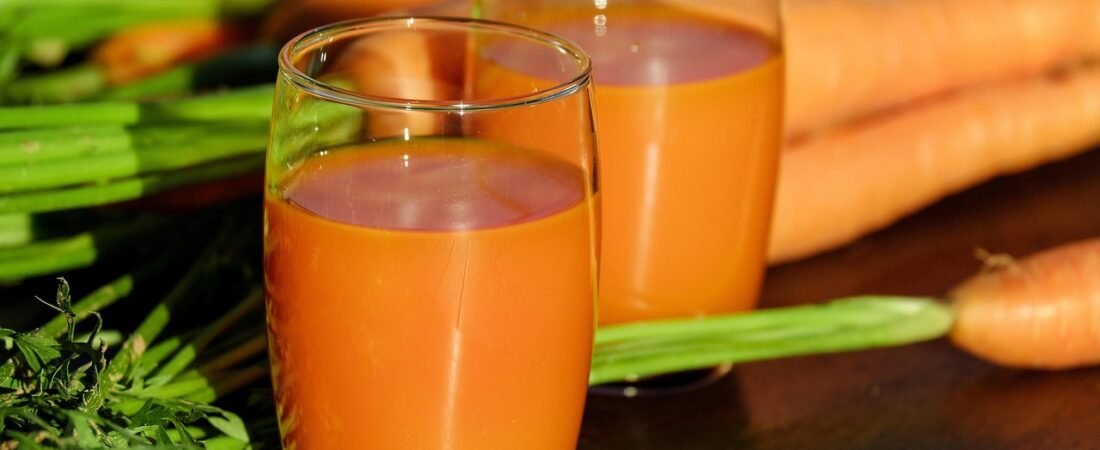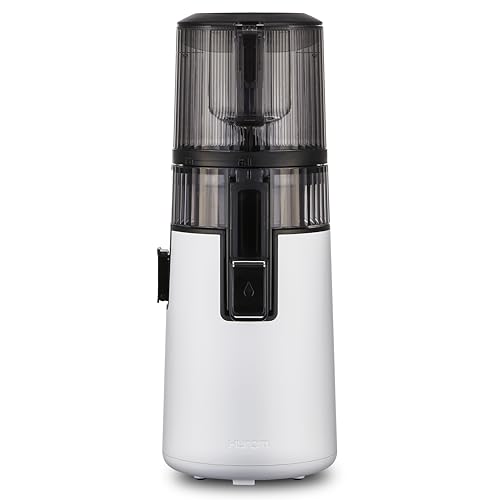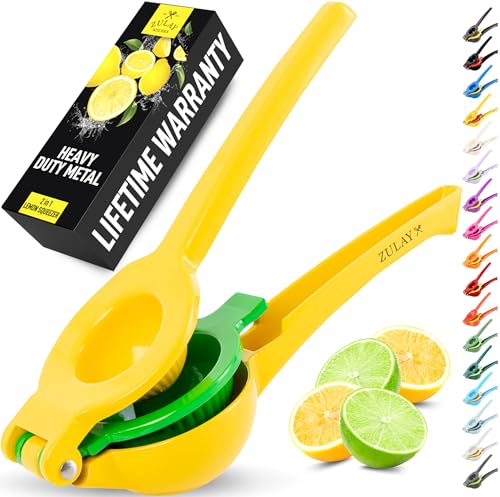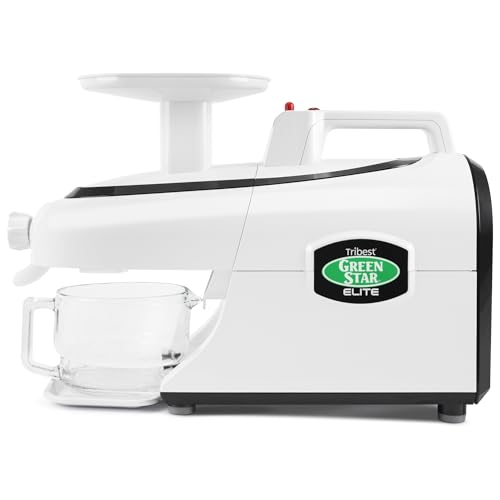If you’re thinking about adding fresh juice to your family’s routine—welcome! Fresh juice can be an easy way to sneak extra fruits and veggies into breakfasts, after-school snacks, and quick pick-me-ups. But with so many machines on the market, it’s easy to feel overwhelmed. This guide breaks down the four main types of juicers, explains how each one works in plain language, and points you toward budget-friendly, best-selling options so you can make a confident choice that fits your family and your wallet.
Quick overview: Which juicer is right for busy families?
- Centrifugal juicers = fast, cheap, great for morning juice when you’re short on time. Good for apples, carrots, citrus. (Less efficient with leafy greens.)
- Masticating (slow) juicers = better yield, quieter, stores juice longer, great for leafy greens and soft fruits. A little slower but kinder on nutrients.
- Citrus juicers = the simplest: fast, inexpensive, perfect for lemons, limes, oranges, grapefruit. Ideal if you mostly want fresh OJ or lemonade.
- Twin-gear (triturating) juicers = heavy-duty, highest juice yield and nutrient retention; pricier and best if you juice often or want cold-pressed results.

1) Centrifugal juicers — fast, easy, and wallet-friendly
How they work: A fast-spinning blade shreds fruit and vegetables while a mesh screen separates the juice from the pulp. Think blender-meets-strainer. Because they spin quickly, they’re excellent for a quick glass of juice in the morning.
Pros
- Very fast (often under a minute).
- Usually lower-cost and easier to find.
- Big chutes on many models let you feed whole apples or carrots—less prep.
Cons
- Faster speeds cause more oxidation (juice doesn’t last as long).
- Not great with leafy greens and wheatgrass.
- Can be louder.
Good for: busy parents who want quick, fresh juice for breakfast or school lunches without a lot of prep.
Popular, budget-friendly
- Breville Juice Fountain Plus (JE98XL) — A top pick for many households: wide chute, strong motor, and easy to clean parts. It’s a go-to for families who want speed and reliability.
- Breville Juice Fountain Compact (BJE200XL) — Smaller footprint, still powerful; great when counter space is tight.
Practical example: Toss in an apple, a carrot and a small piece of ginger—juice in 45 seconds and your kids have a bright orange cup to sip while you pack snacks.
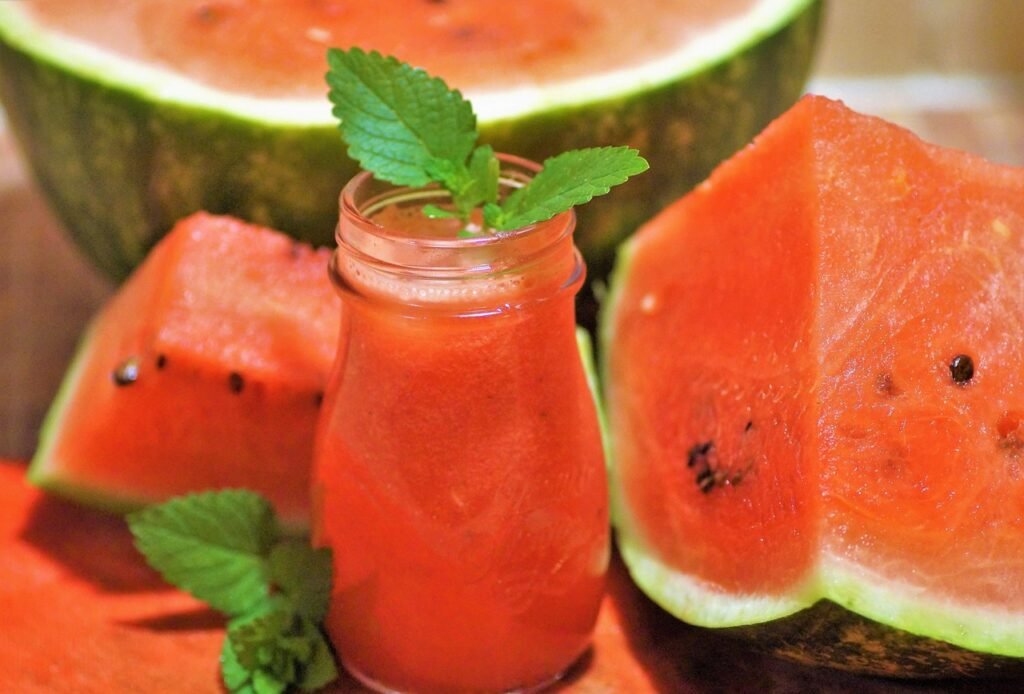
2) Masticating (slow) juicers — juice more from less
How they work: A slow-turning auger crushes and squeezes produce, pushing it against a screen to extract juice. It moves slowly (low RPM), so there’s less heat and oxidation.
Pros
- Higher yield (you get more juice per fruit/veg).
- Better at leafy greens, herbs, and soft fruits.
- Juice stays fresher longer (24–72 hours when refrigerated).
Cons
- Slower (plan 3–10 minutes per batch).
- Usually pricier than basic centrifugal models.
Good for: families who want to maximize produce, reduce waste, and store juice ahead for busy mornings.
Popular picks
- Omega J8006 Nutrition Center — A long-time favorite for juicing and other small-food tasks (noodles, nut butter). Known for durability and steady performance.
- Nama / Hurom-style slow juicers — Recent “cold-press” vertical models are popular for compact kitchens and attractive designs.
Practical example: Make a leafy green blend (spinach + apple + cucumber + lemon) the night before. It keeps better than centrifugal juice and saves morning minutes.
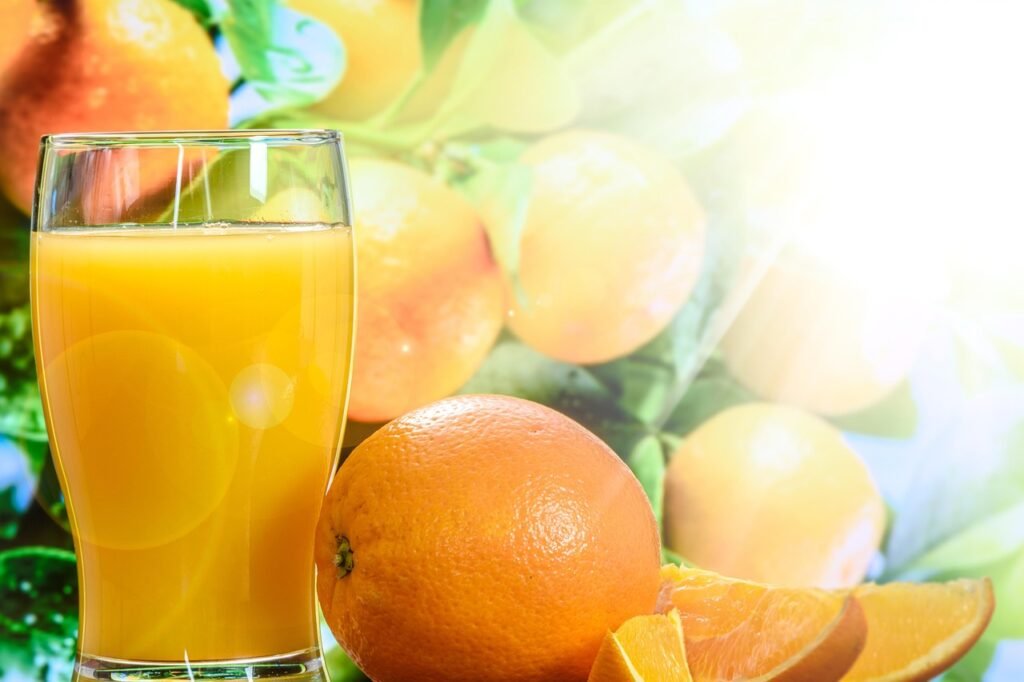
3) Citrus juicers — the simplest route to fresh OJ
How they work: A reamer (either electric or hand-press) rotates or you press fruit against a cone, and juice collects into a container. These are single-purpose machines but do that one thing very well.
Pros
- Fast, cheap, and minimal cleanup.
- Great for breakfast orange juice, lemonade, lime for recipes, or marinades.
Cons
- Not versatile — only for citrus.
- Electric models vary in build quality.
Good for: homes that mostly want orange or lemon juice without a multi-appliance setup.
Top-selling models
- Cuisinart CCJ-500P1 Pulp Control Citrus Juicer — Adjustable pulp control and a final-spin feature to squeeze more juice out of citrus halves. It’s sturdy and easy to use.
- Handheld or manual presses (like Zulay metal handheld squeezer) are a thrifty option for small families or baking needs.
Practical example: Squeeze fresh orange juice in under 2 minutes for weekend pancakes—no need for a full juicer cleanup.
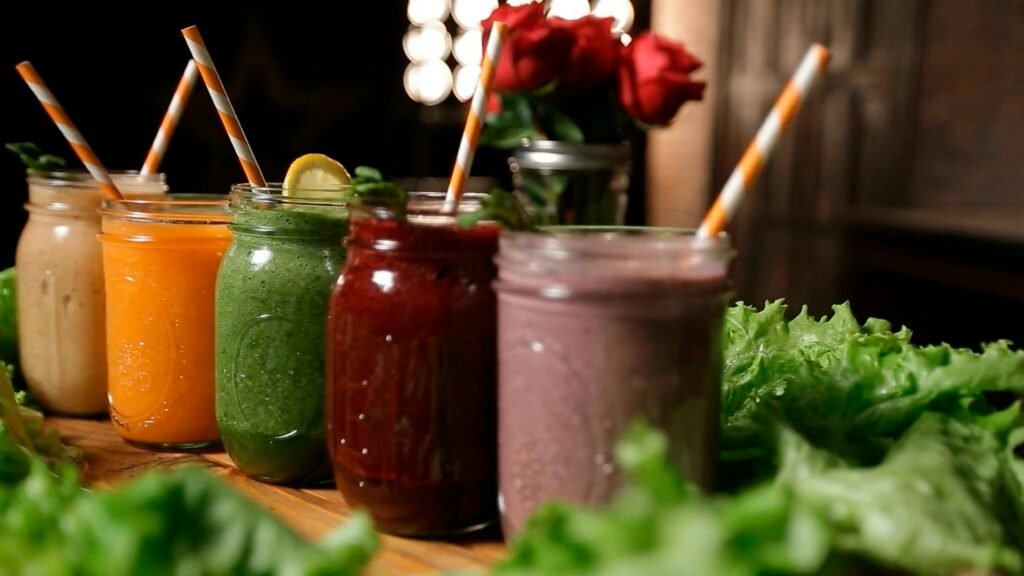
4) Twin-gear (triturating) juicers — maximum yield, professional results
How they work: Two interlocking gears crush produce down to the cellular level, extracting very high yields and preserving nutrients. They operate slowly and are often called “cold-press” or “triturating” juicers.
Pros
- Highest juice yield and nutrient retention.
- Excellent for wheatgrass, leafy greens, and fibrous veggies.
- Juice can be stored longer (cold and sealed).
Cons
- Expensive (a big investment).
- Larger, heavier, and require more time to clean.
Good for: families that juice daily, want top nutrition, or are making larger batches to last a few days.
Highly regarded models
- Tribest Greenstar Elite (GSE-5000) — A popular twin-gear pick that balances performance and value for serious home juicers.
- Super Angel — A premium, stainless-steel machine with pro-level performance (higher price, but built to last).
Practical example: If you’re juicing for the whole family daily and want to include wheatgrass and kale without wasting produce, a twin-gear unit pays off over time in fruit/veg savings.
How to choose — a simple decision checklist
- Budget: <$150 → look at centrifugal or simple citrus models. $150–$400 → many masticating options. $700+ → twin-gear or high-end Breville elite models.
- Counter space: Do you have room to store it? Compacts exist for every type, especially centrifugal and vertical slow juicers.
- What you’ll juice most: Citrus only = citrus juicer; greens-heavy = masticating or twin-gear; quick mornings = centrifugal.
- How often you’ll clean: If cleaning is a barrier, smaller citrus or compact centrifugal units are easiest. Slow and twin-gear machines often take a little more elbow grease.
- Storage needs: If you want to make juice ahead (for school lunches), choose a masticating or twin-gear juicer for better shelf life.
Thrifty hacks: save money and get the most juice for your dollar
- Buy seasonal produce. Apples and oranges on sale juice well and cost less per cup.
- Use leftover pulp. Dry it for crackers, add to muffins, or compost—nothing wasted.
- Choose multi-function models if you’ll use them. Some masticating juicers also make nut butter, baby food, pasta, and more—good for stretching value.
Short buying workflow — a step-by-step plan
- Decide how often you’ll juice each week (1–2x = citrus or centrifugal; 4–7x = slow or twin-gear).
- Set a budget.
- Pick one versatile model (if you want more than citrus, choose centrifugal or slow).
- Buy one accessory: a reusable bottle set or a pulp strainer to repurpose pulp.
- Test one recipe a week for the first month—apple-carrot-ginger, green detox, and orange-lemon cooler are easy starter combos.
Kid-friendly juice ideas (easy, thrifty, and tasty)
- Sunrise Juice: orange + banana (blend and strain) — great for vitamin C.
- Green Sneak: apple + cucumber + spinach + lemon — mild and kid-approved.
- Carrot Tang: carrot + orange + a touch of ginger — sweet with a kick.
- Berry Splash: strawberries + apple — fruity and naturally sweet.
Tip: Sweeten less initially—kids often take a few tries to appreciate less-sweet, fresher flavors.
Cleaning & maintenance — keep it simple
- Rinse immediately. A quick rinse right after juicing prevents dried-on pulp.
- Soak stubborn parts in warm, soapy water while you finish breakfast prep.
- Use a small brush (many juicers include one) to clean mesh filters and crevices.
- Deep clean weekly for thorough care—this helps machines last longer and keeps juice tasting fresh.

Final thoughts — choose what fits your family, not the trend
There’s no single “best” juicer for every family—just the one that fits your kitchen, your schedule, and how you prefer to use produce. If you want speed and convenience, a centrifugal model is a wonderful, wallet-friendly start. If you juice often, want higher yield, and plan to store juice, spend a little more on a masticating or twin-gear machine. And if your goal is just fresh orange juice on weekend mornings, a citrus juicer will do the job beautifully.
A few practical closing nudges:
- Consider a mid-range model that offers both durability and useful features—these often offer the best long-term value.
- Start small if you’re unsure. Even a basic centrifugal or citrus juicer brings fresh, bright flavors into family life—and that’s the real win.
Happy juicing, and here’s to making healthy, thrifty habits that actually stick.
This post may contain affiliate links, which means we might earn a small commission (at no extra cost to you) if you decide to make a purchase through one of these links. Thanks for your support!

